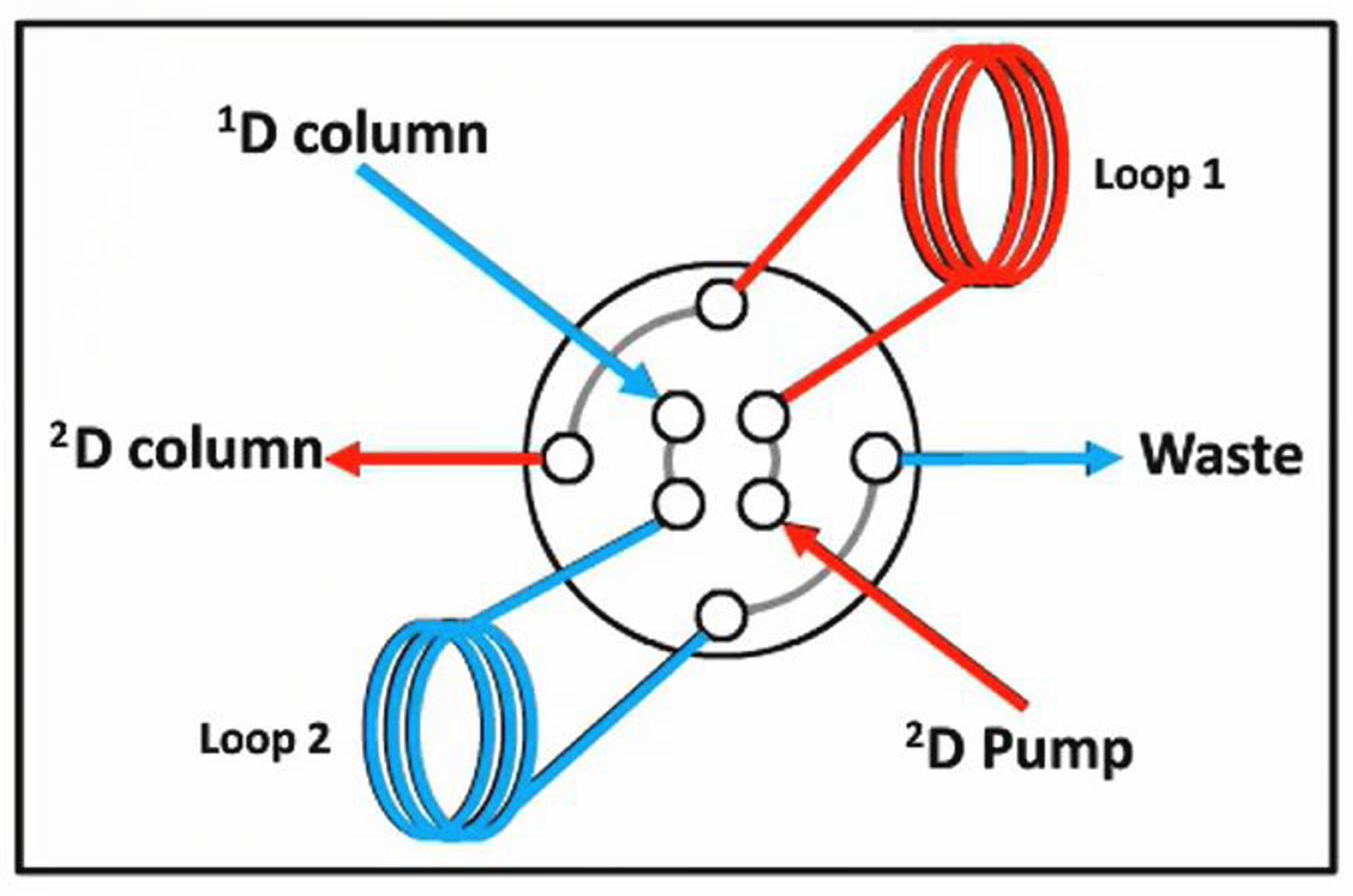Introduction to Two-Dimensional Liquid Chromatography for Biomolecule Separations
Course Details
Characterization of biomolecule (e.g., peptides, proteins, oligonucleotides) mixtures is typically quite challenging due to the heterogeneity of the molecules themselves (e.g. due to extensive glycosylation), and/or the matrices in which they are presented to the analytes (e.g. cell culture supernatant). Increasingly, two-dimensional liquid chromatography (2D-LC) methods are being used to improve the depth of characterization of these mixtures, improve the speed of these analyses, or both. This webcast will provide an overview of the key concepts required for successful 2D-LC method development, and several examples of recently developed 2D-LC separations of biomolecules.
Topics include:
- Modes of 2D-LC separation
- Complementarity of separation types (i.e. orthogonality)
- Managing mobile phase mismatch between dimensions
- Fast 2D-LC methods for rapid protein characterization
- Universal 2D-LC methods for deep protein characterization
- Examples of 2D-LC methods for other molecule types (e.g, peptides, oligos)

